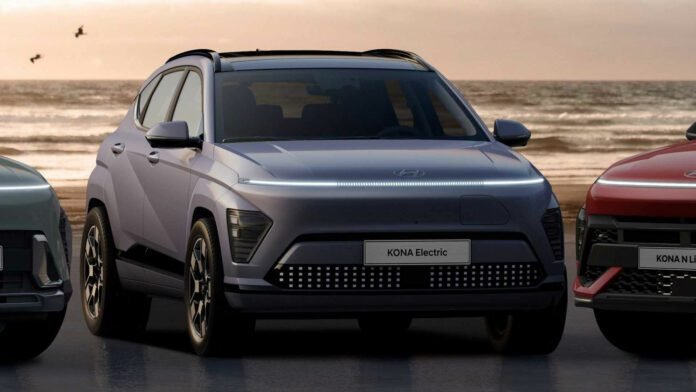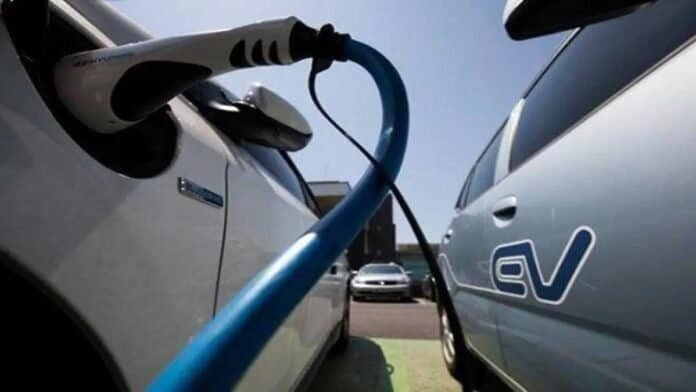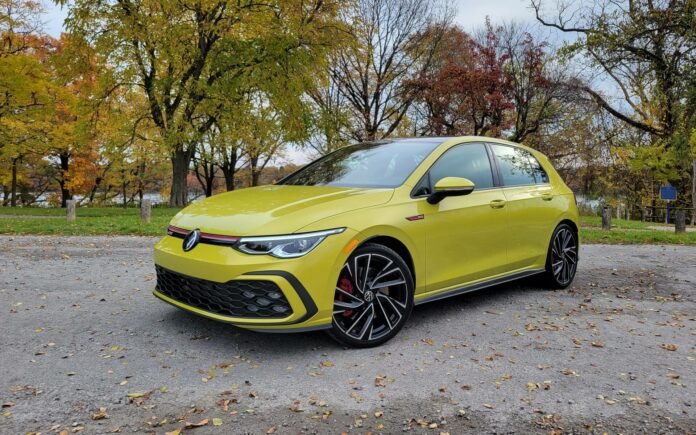Hyundai has officially unveiled the second generation 2024 Kona. The Korean carmaker has shown off the many trim levels of the Kona that will be available in the United States. In addition to the EV trim, the Kona will be available with an ICE powertrain, a hybrid electric (HEV), and a sportier N-Line option. Only the EV trim is available in India.
The new Hyundai Kona’s exterior style is reminiscent of Hyundai’s popular global Staria van design, particularly with the single line of DRLs at the front.
Lower in the grille are the main headlight and tail light components. According to Hyundai, “The all-new Kona’s clean, distinctive nose characterizes the front section’s pure volume, which contributes to the model’s smooth aerodynamic performance.”

Furthermore, different stylistic features are added to the Kona trimmings. While the EV trim is distinguished by pixel graphic detailing on the grille and rear bumper, as well as pixel-inspired 19-inch wheels. Black wheel arch claddings and a more robust bumper design are standard on the ICE and HEV grades. The N-Line trim adds optional black mirrors and roof, “wing type” spoilers, and a more aggressive front and rear bumper design, as well as distinctive 19-inch alloy wheels, dual mufflers, and silver side skirts.
Interestingly, Hyundai revealed that the second generation Kona was developed from the ground up as an EV. The platform was then modified to work on other systems. This makes the Kona EV even more unusual when compared to other classic ICE-based EVs created by automakers in the past.

Aside from a new style, the Kona has grown in size. The new model has a length of 4,355 mm, which is 150 mm longer than the previous edition. The wheelbase has also been expanded by 60 mm, as has the width by 25 mm.
In terms of the inside, Hyundai has taken a more straightforward, driver-centric approach. The dashboard now has two 12.3-inch wide displays, one for the instrument cluster and one for the infotainment system. The gear lever has been relocated to the steering column behind the steering wheel, freeing more space in the centre column. Hyundai states that the curve-free Bench seat in the second row provides maximum usage, comfort, and convenience.
Also Read:























